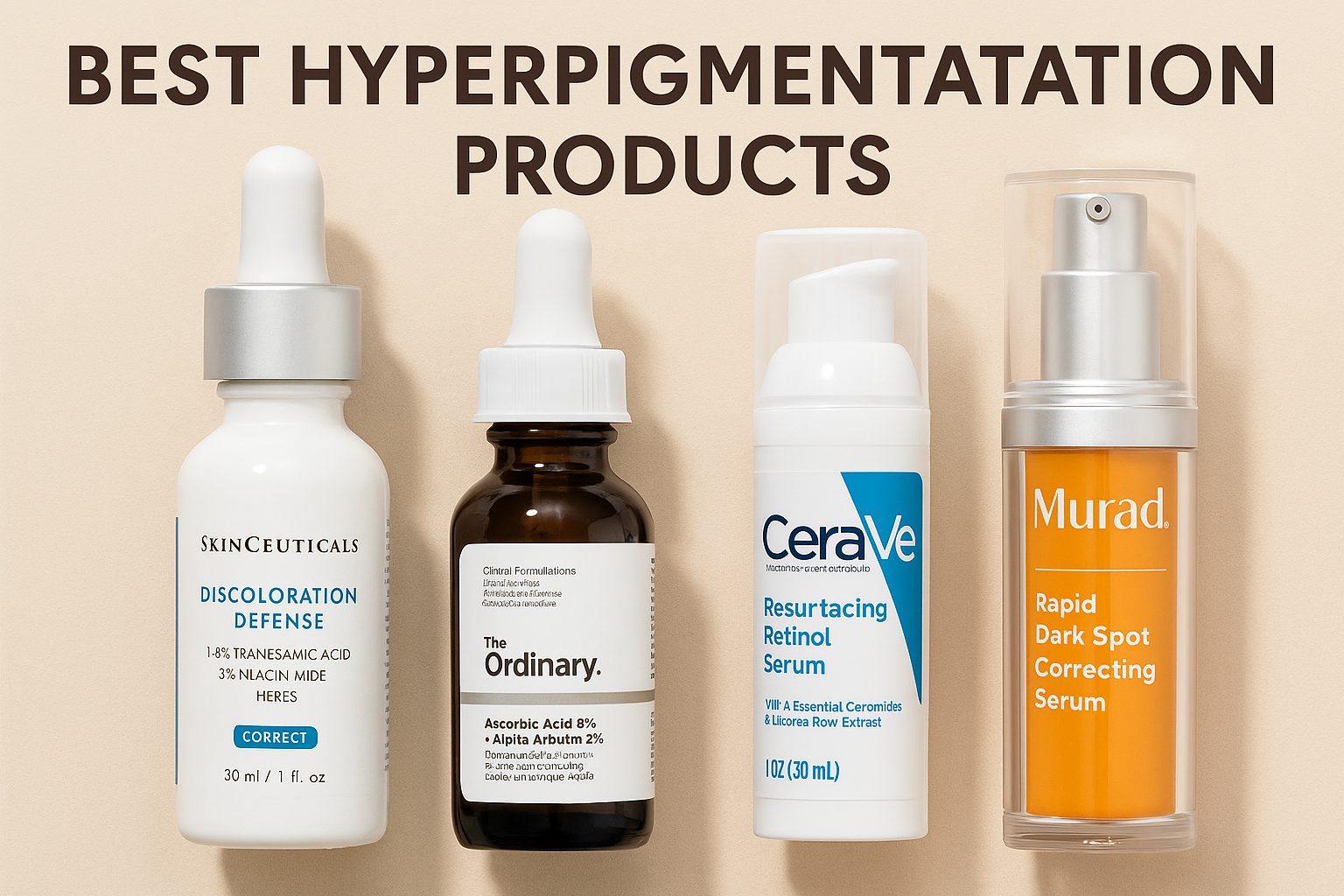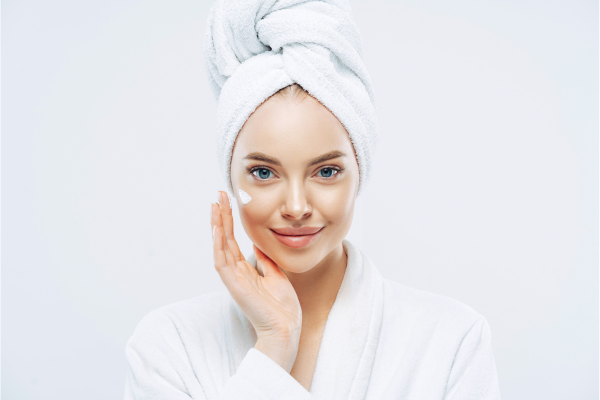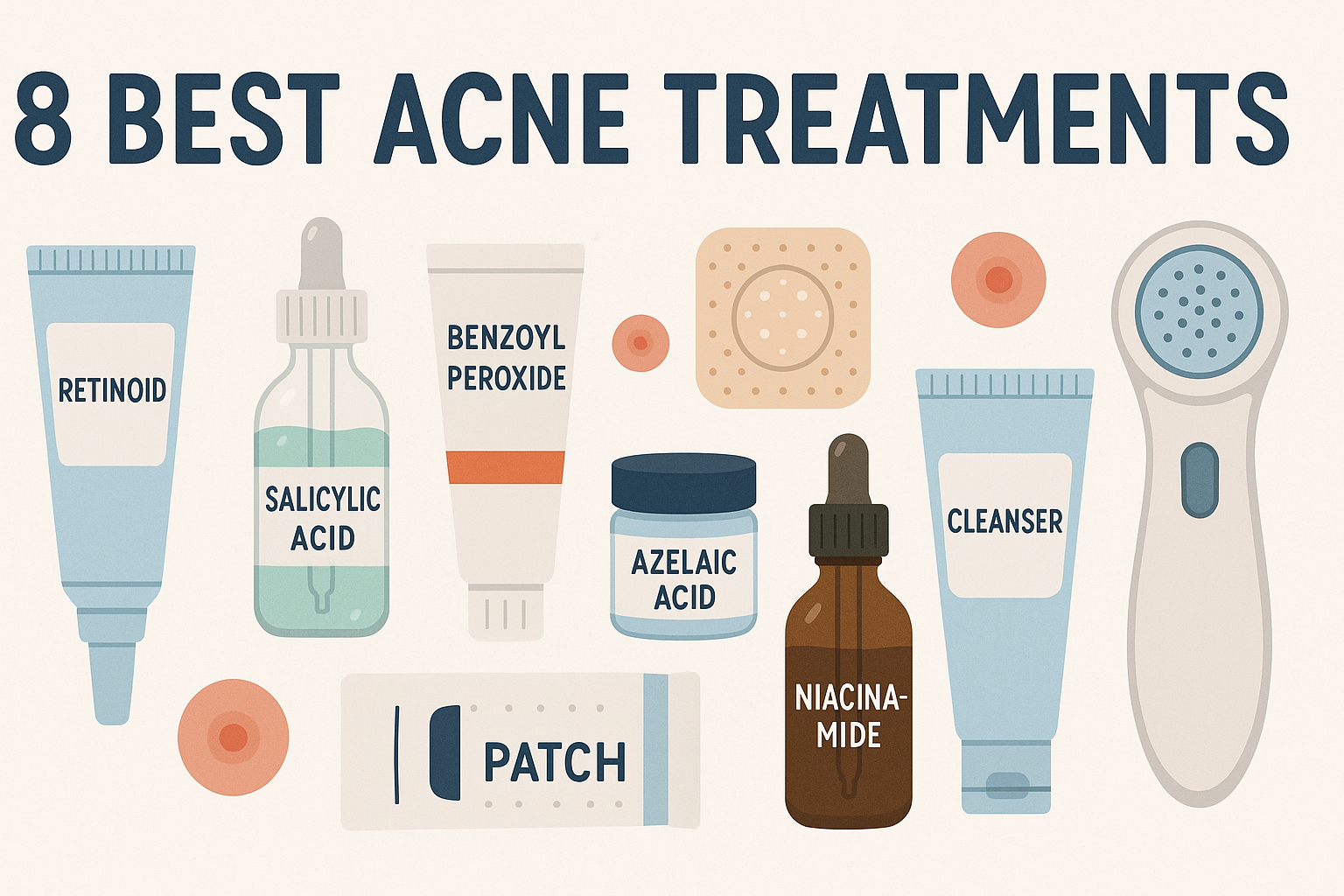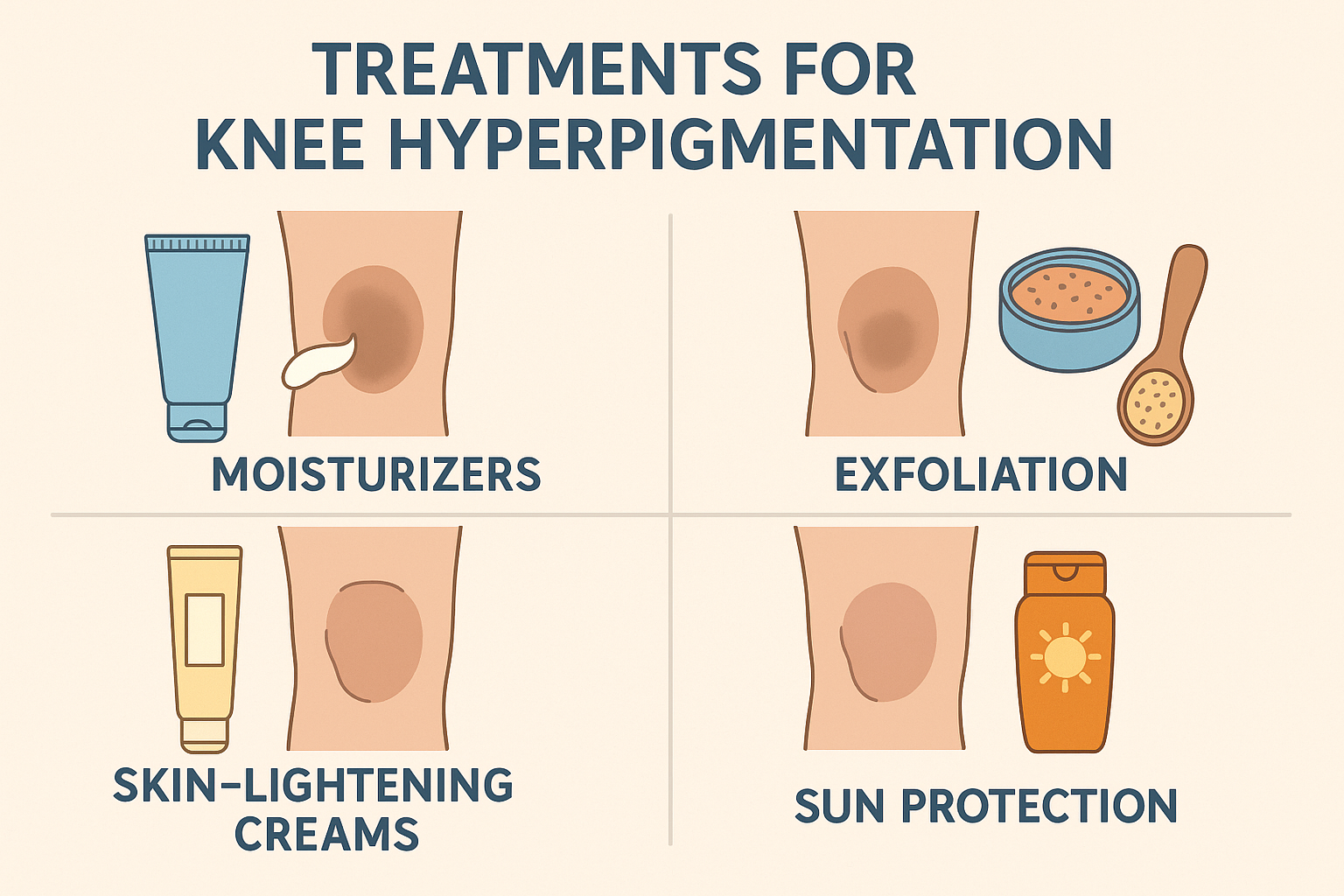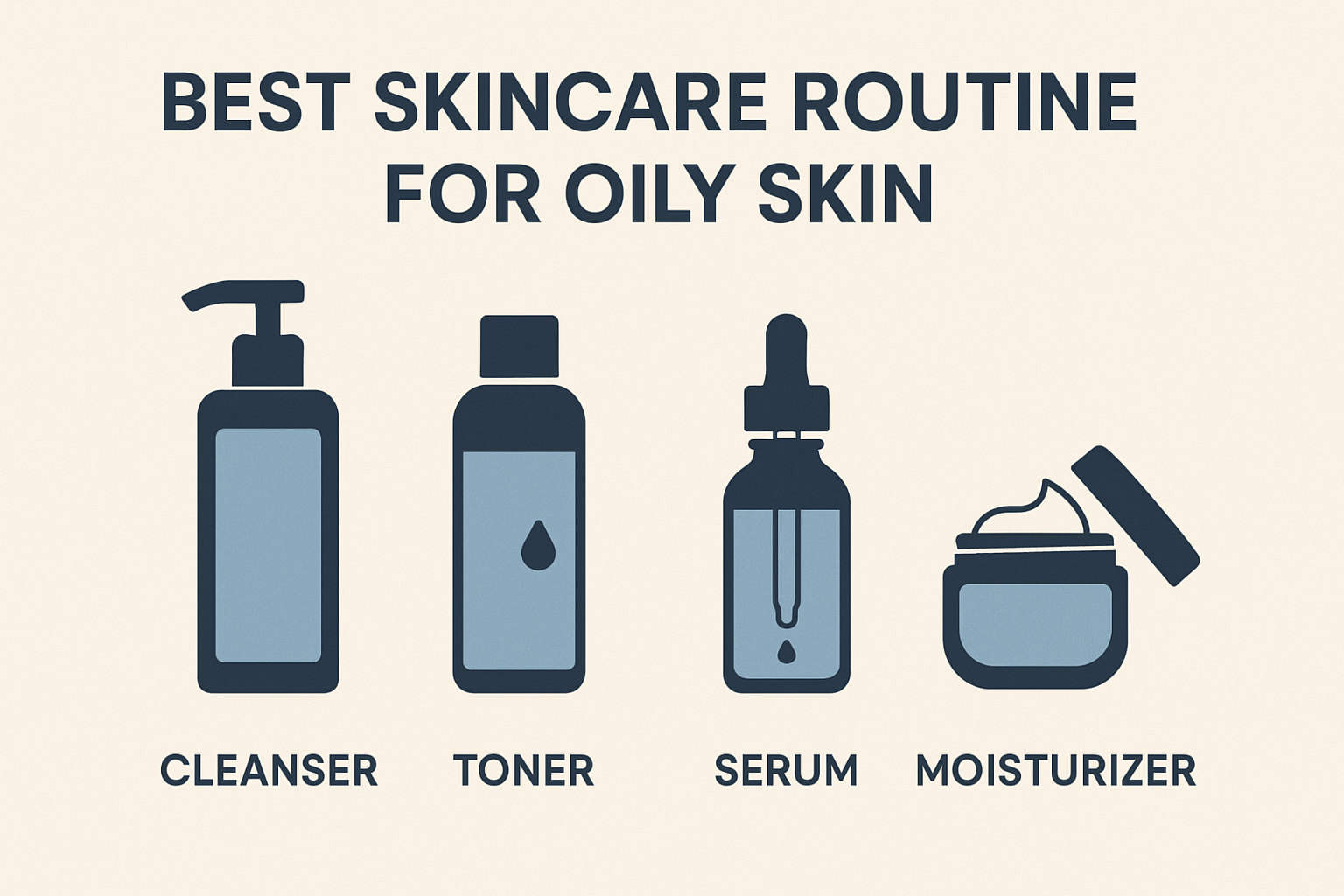How to Exfoliate Legs Properly — Dermatologist Tips
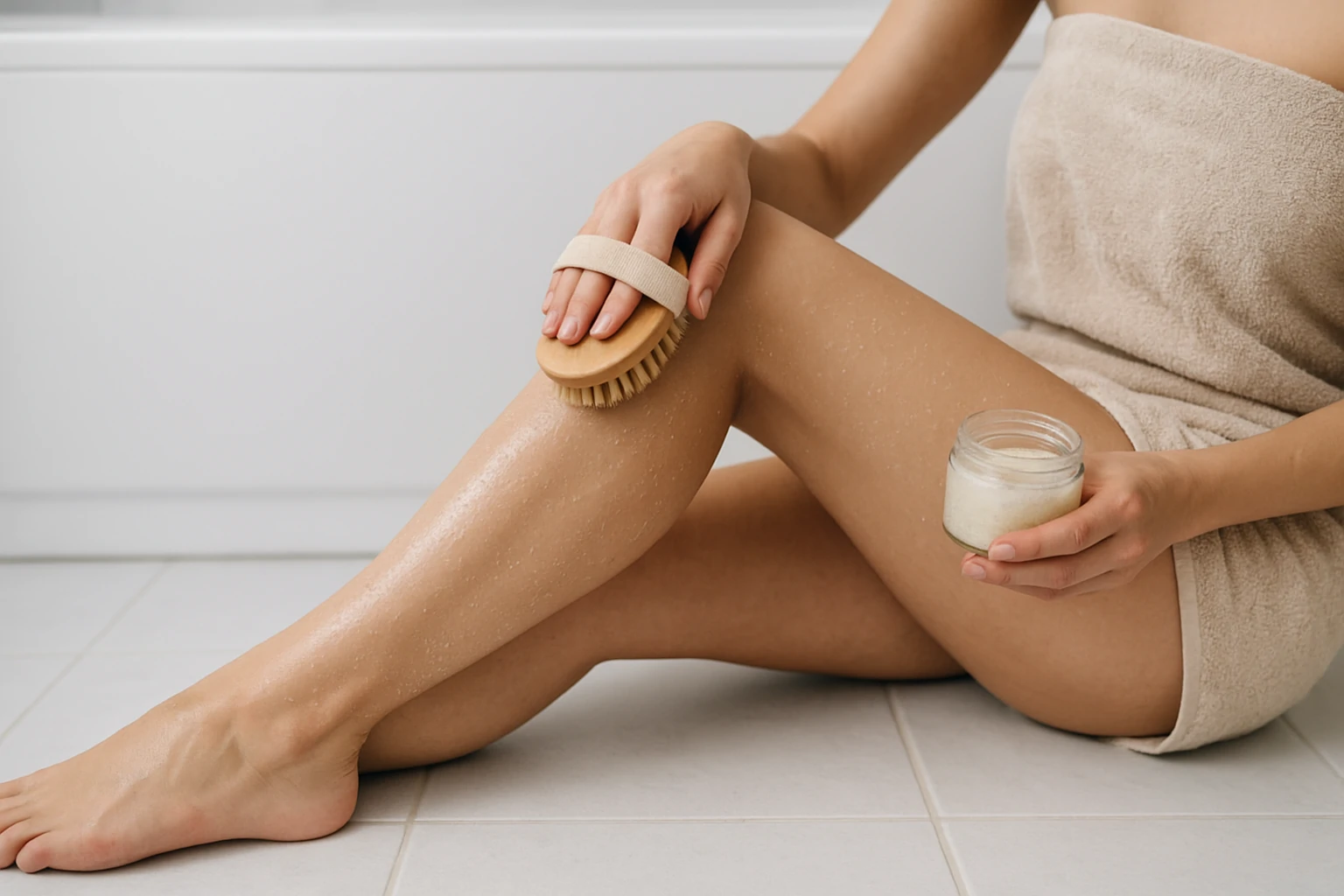
Getting smooth, glowing legs isn’t just about looks—it’s a key part of healthy skincare. Exfoliating your legs removes dead skin cells, boosts circulation, and helps other products like moisturizers or self-tanners work better. Dermatologists explain that gentle exfoliation can prevent clogged pores and ingrown hairs, keeping your skin clear and even-toned.
Though it may feel like an extra step, regular exfoliation transforms dull, rough skin into a softer, more radiant surface. Many skincare experts call it the “finishing touch” of a perfect self-care routine.
In this guide, you’ll learn why exfoliating your legs matters, how often to do it, and the best techniques recommended by dermatologists. Whether you’re new to body care or looking to upgrade your routine, these expert-backed tips will help your legs stay silky, healthy, and hydrated all year long.
Why Exfoliating Your Legs Matters
Exfoliating your legs does more than create smoother skin—it improves overall skin health. According to dermatologists, removing dry, dead cells helps stimulate circulation and supports skin renewal, making your legs look brighter and feel softer.
It also preps the skin to absorb moisturizers more effectively. Once dead cells are cleared, hydrating ingredients like hyaluronic acid or shea butter can penetrate deeper, keeping your legs supple and nourished.
However, over-exfoliating can damage your skin barrier, causing redness or irritation. Board-certified dermatologist Dr. Whitney Bowe advises limiting exfoliation to two or three times a week and following up with a rich body lotion or body oil. This step locks in moisture and protects the skin’s natural barrier, ensuring long-term smoothness and radiance.
Key Benefits of Leg Exfoliation
Exfoliating your legs regularly offers multiple benefits—both for texture and overall appearance.
- Smoother, Softer Skin
It removes dull surface cells, revealing fresh, even-toned skin underneath. This process boosts circulation and helps reduce flakiness or rough patches. - Reduces Cellulite Appearance
By stimulating microcirculation, exfoliation can make the skin appear firmer and more refined, especially around the thighs or knees. - Prevents Ingrown Hairs
Exfoliating before shaving unclogs follicles and reduces irritation, preventing painful ingrown hairs. - Promotes Healthy Blood Flow
A gentle massage while exfoliating encourages better blood flow, giving your legs a natural, healthy glow.
Regular exfoliation, when paired with hydration, helps maintain smooth, radiant skin from season to season.
How to Exfoliate Legs Effectively
There are two dermatologist-approved methods for smooth, healthy legs—dry brushing and body polishing.
- Dry Brushing
Use a natural-bristle brush and sweep gently from your ankles upward in circular motions. This technique boosts circulation, supports lymphatic drainage, and gently removes dead skin buildup. According to Dr. Shereene Idriss, dry brushing also helps enhance skin tone and texture when done consistently. - Body Polish or Scrub
After dry brushing, apply a gentle exfoliating scrub with micro-particles to remove remaining buildup. Body polishes work especially well for people with dry or bumpy skin (keratosis pilaris). Massage the product on damp skin for a few minutes, rinse with warm water, and finish with a nourishing moisturizer.[1American Academy of Dermatology Association. Keratosis pilaris: diagnosis and treatment.]
For best results, exfoliate two to three times a week, adjusting frequency based on your skin type.
Easy DIY Leg Exfoliators You Can Make at Home
Prefer a natural approach? A homemade scrub made from brown sugar and olive oil can deliver excellent results without harsh chemicals. Brown sugar acts as a gentle physical exfoliant and contains glycolic acid, a natural AHA that promotes cell turnover.
Olive oil, rich in vitamin E and antioxidants, deeply hydrates the skin while protecting it from environmental stressors. Together, they form a soothing, hydrating blend perfect for dry or sensitive skin.
To use, mix two tablespoons of brown sugar with one tablespoon of olive oil. Gently massage onto damp skin using circular motions for one to two minutes, then rinse with warm water. Finish with a body lotion or oil to lock in moisture.
Dermatologists recommend using this natural exfoliant once or twice a week for soft, radiant legs that stay smooth and glowing.
How Often Should You Exfoliate Your Legs?
Just like facial care, your legs also need exfoliation at the right frequency. Exfoliating too often can damage your skin barrier, leading to irritation or microtears. According to dermatologists, the best schedule depends on your skin type and habits.
- Normal or rarely shaved skin: Exfoliate 1–2 times per week to maintain smooth texture.
- Dry or sensitive skin: Limit exfoliation to every two weeks using gentle AHA-based formulas like glycolic or lactic acid.
- Oily or acne-prone skin: Once a week with BHA (salicylic acid) helps unclog pores and balance oil.
The ideal time to exfoliate is during a warm shower, when your skin is soft and hydrated. Always follow up with a moisturizer or body oil to lock in moisture and strengthen your skin barrier.
If your legs start to feel sore, red, or inflamed, those are signs of over-exfoliation. Pause exfoliating and focus on hydrating products until your skin recovers naturally.
What to Do After Exfoliating Your Legs
Post-exfoliation care is essential to keep your skin hydrated and protected. Exfoliating removes dull cells but can also strip away natural oils, so replenishing moisture immediately afterward is key.
- Apply a Body Oil
Dermatologists recommend using body oil right after exfoliation to restore moisture and seal hydration. It strengthens your skin barrier and leaves your legs soft and glowing.
Expert pick: Bio-Oil—renowned for soothing freshly exfoliated or shaved skin while deeply hydrating it. - Follow with a Moisturizer
Once the oil absorbs, apply a lightweight lotion to maintain smoothness and calm potential irritation.
Try: Lather’s Cooling Leg Lotion—its refreshing formula helps cool and comfort the skin after exfoliation.
This two-step hydration ritual ensures your skin remains nourished, balanced, and silky long after exfoliating.
Best Ingredients for Effective Leg Exfoliation
Choosing the right exfoliant ingredients is just as important as the method. Dermatologists highlight that active compounds determine how your skin reacts and renews.
- Alpha Hydroxy Acids (AHA)
AHAs—like glycolic and lactic acid—dissolve dead skin bonds and enhance hydration, making them ideal for dry or dull skin. - Beta Hydroxy Acid (BHA)
Salicylic acid penetrates deep into pores, clearing buildup and preventing ingrown hairs—perfect for oily or acne-prone legs. - Natural Fruit Enzymes
Papaya or pineapple enzymes gently exfoliate without friction, making them great for sensitive skin types.
Dermatologists often recommend trusted options like Paula’s Choice 2% BHA Body Exfoliant or First Aid Beauty KP Bump Eraser. These formulas keep legs smooth, clear, and naturally radiant with continued use.
Exfoliating Before Shaving or Self-Tanning
Exfoliating before shaving or applying self-tanner is a simple step that dramatically improves results. Dermatologists explain that removing dead skin beforehand allows razors to glide smoothly and prevents ingrown hairs or razor bumps.
For best results, exfoliate about 24 hours before shaving using a mild scrub or an AHA-based exfoliant. This timing helps calm the skin and reduces microcuts.
When prepping for self-tanning, exfoliation ensures even color distribution and prevents patchy or streaky tones. Focus on dry areas like knees, ankles, and heels where tan tends to cling unevenly.
After exfoliating, apply a light moisturizer and wait until it’s fully absorbed before using your self-tanner. This helps the pigment blend evenly and develop into a natural, sun-kissed glow without blotches.
Final Thoughts
Achieving soft, glowing legs isn’t about complicated routines—it’s about consistency and care. Regular exfoliation removes dull surface cells, boosts circulation, and prepares your skin to absorb moisture more effectively. When done correctly and paired with proper hydration, it keeps your legs smooth, even-toned, and healthy year-round.
Dermatologists emphasize that moderation is key: exfoliate gently, choose ingredients suited to your skin type, and always follow up with a nourishing lotion or oil. Whether you prefer natural scrubs, chemical exfoliants, or expert-approved products, the goal remains the same—maintaining your skin’s natural glow without irritation.
Think of exfoliation as self-care, not just skincare. By making it part of your regular body routine, you’ll notice your legs becoming softer, more radiant, and ready for anything—from shorts season to a flawless self-tan.
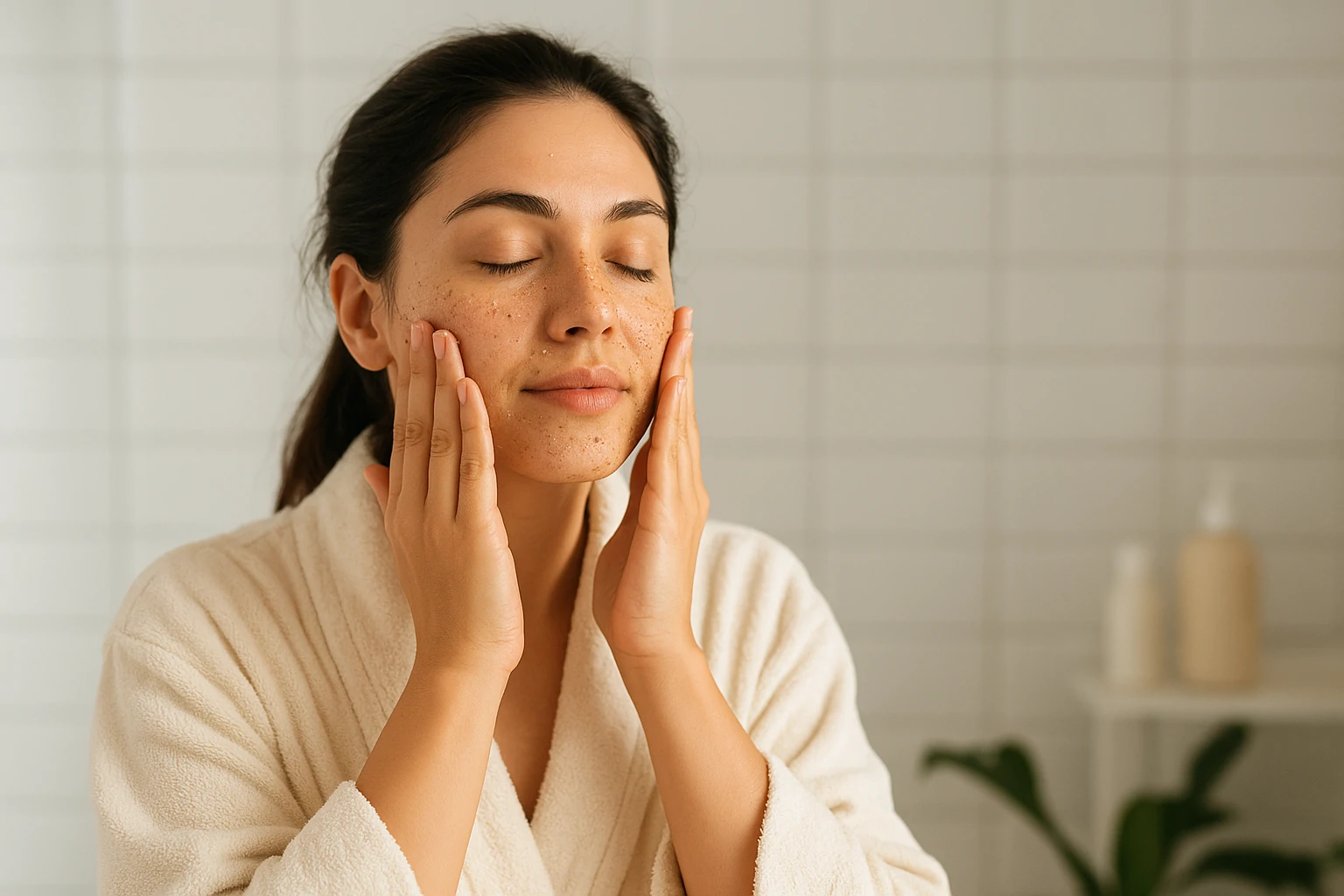

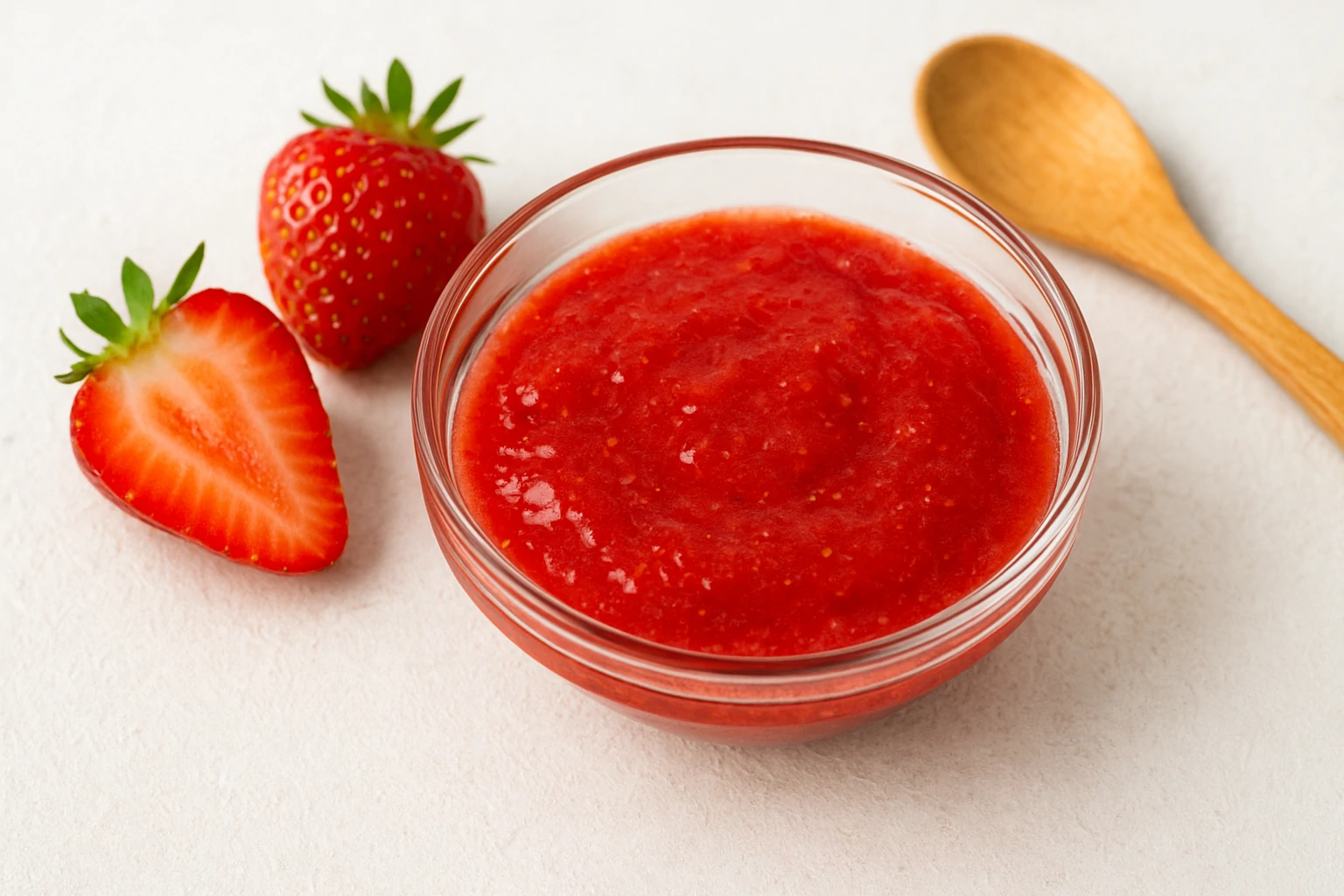
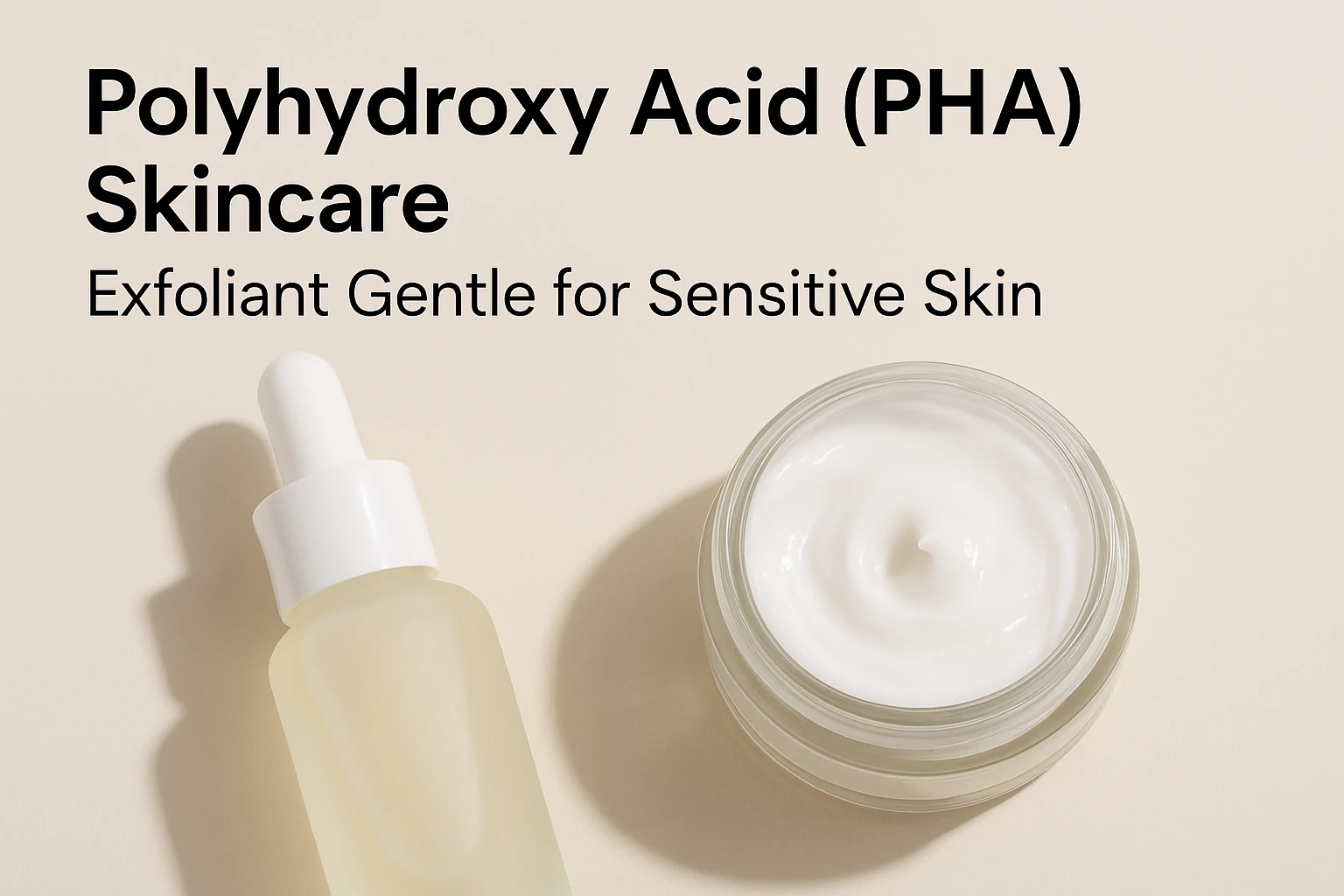


 Acne
Acne Anti-Aging
Anti-Aging Business
Business Digital Marketing
Digital Marketing Economics
Economics Exfoliation
Exfoliation Movies
Movies Personal Finance
Personal Finance Websites
Websites
